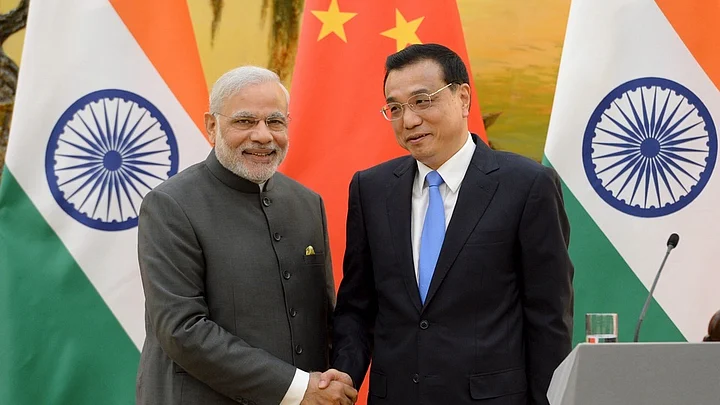The total trade between India and China is a little over $80 billion. China’s trade with Australia is twice that figure.
There were 5 million Chinese tourists in Thailand last year, and less than 20,000 in India.
When Chinese President Xi Jinping visited India last September, a mere $20 billion worth of investments were promised. While in Pakistan, the Chinese have committed to a $46 billion spend only on one project
What, or Rather Who, Matters Most?
Does China matter to India? For one, China is our largest trade partner, but the equation is one-sided with the trade deficit increasing by the day. Does India matter to China? It is a big country, with tremendous variety. It has a very large and aspirant middle class. India must be courted to ensure it doesn’t move closer to Japan, and does not rake-up the Tibet issue on delicate occasions. Nearly a 100,000 Indian students go to the US to study each year. China gets a couple of thousand and wants more.
The success of Huawei and Xiaomi has encouraged a large number of Chinese technology firms to eye the Make in India programme. The likes of Alibaba also are looking at the large commerce space. So, unlike the Japanese promises on investment last year that never materialised, Prime Minister Narendra Modi will be gung-ho on Chinese interest in India. With the MoUs that have been signed, sectors like pharmaceuticals will witness some improvement in terms of Chinese investments.
NaMo China
The Prime Minister also must be eyeing the Chinese market, given his interest in promoting tourism. Japanese tourists dominate the market in India with nearly 70,000 visitors of a total of 6.7 million that came last year. The Taj and the Buddhist circuit in Gaya are big draws, but a poor visa regime and a sense of insecurity discourages the Chinese.
India’s problems with China are really complex. The two countries share the world’s largest disputed border, 2,200 miles of hostile terrain that has seen a war in 1962 and a few skirmishes ever since.
The Japanese operate on the same business-driven principle. It is not surprising that the PM made his first significant foreign visit to Japan, where he was offered $35 billion of investment. He was also given promises of help with building a superfast train network in the country and translate his bullet train dream into reality. Narendra Modi spoke in Japan against Chinese hegemony in Southeast Asia, without naming the country.
The Long March to Chinese Investment
It wasn’t surprising therefore that President Xi came immediately after. In typical Chinese style, while there were no official announcements, there were leaks that China would bring in $100 billion worth of FDI. It later turned out that the figure was not even a fifth of that. China was shown as investing three times the figure that Japan had so proudly promised. China also promised to help build the rail network and work on bullet trains.
India’s trade deficit with China is a whopping Rs 2.5 lakh crore. And this will only increase now with India opening up the railways sector where Chinese equipment will compete with the Japanese. China continues to deny access to sectors where India is competitive. It still does not allow the Indian service or software sectors to export to or operate in China. Unless these sectors open up, the trade deficit between the two countries will continue to grow.
(The writer is an economist who also teaches at the ISB, Hyderabad)
(At The Quint, we question everything. Play an active role in shaping our journalism by becoming a member today.)
